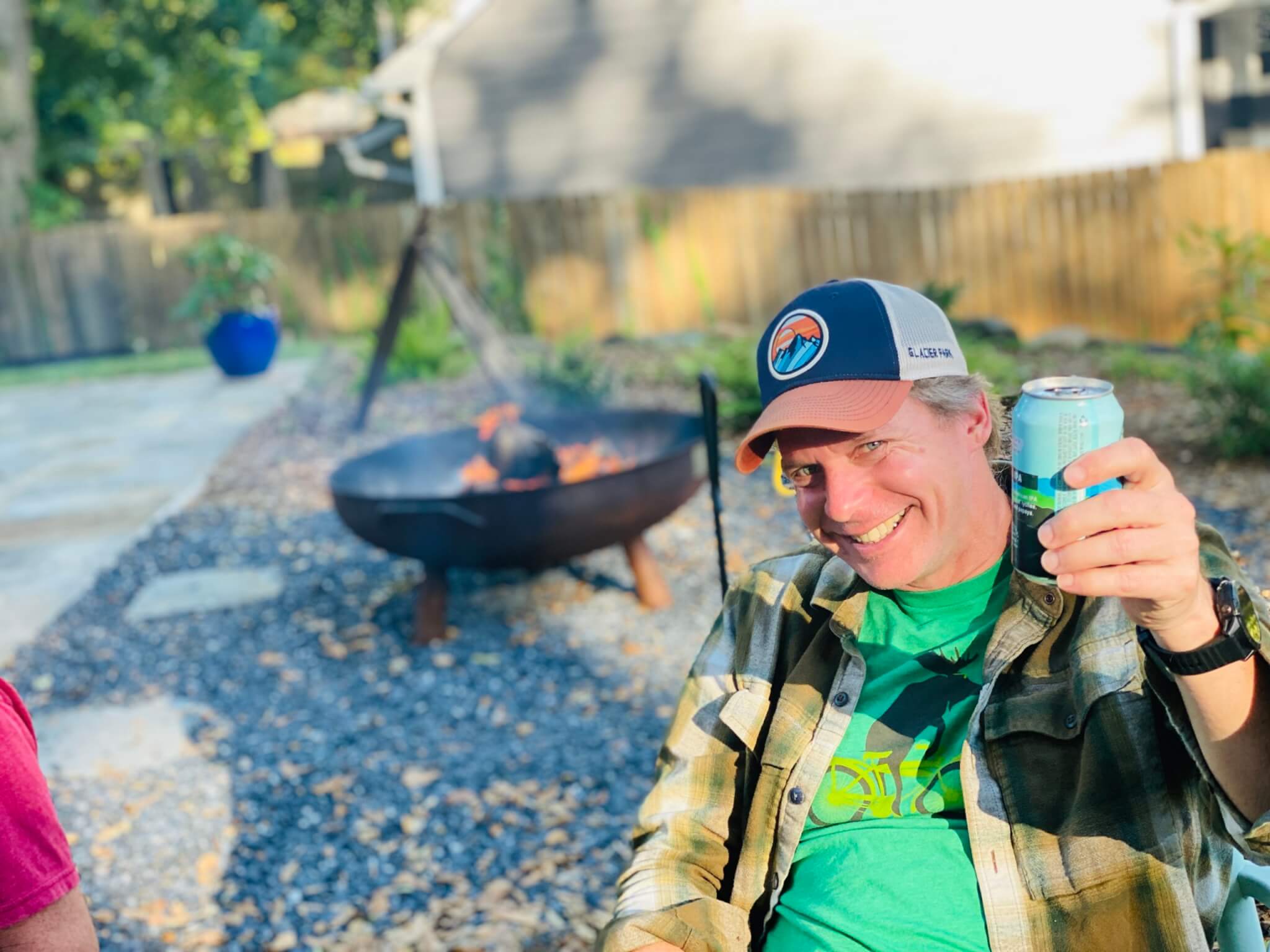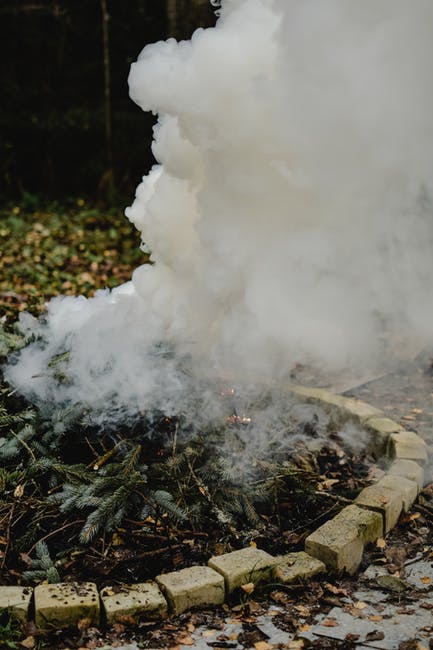
Few activities in the outdoors are quite as satisfying and comforting as sitting around a fire pit with friends and family. But before you light up a blaze, take some time to reacquaint yourself with the basics of backyard fire safety. From establishing the correct placement for your fire pit, to identifying the types of wood you should never burn, there are several rules to know and share with those who gather around the fire for seasonal fun all year round. Read on for our tips on using your fire pit responsibly.
Check the Direction of the Wind
Before you start up a blaze in your fire pit, check the local weather forecast. Do not use your fire pit on unusually windy days, as the wind can make it hard to light the kindling and could blow sparks to surrounding brush or structures, potentially starting a fire. Also, always check the direction of the wind before you start your fire. Advise guests to sit on the upwind side of the pit to keep clear of the smoke. If you have a portable fire pit, like one of our many great options, consider moving it to a location with a natural windbreak—before you light the fire. One of the perks of a movable fire pit is that you can play around with location and potentially get more safe use out of it than if you were confined to a single location.
Build a Fire in the Open Fire Pit
Never light your fire pit when it is underneath the overhang of a building or beneath trees, and keep the immediate area around the pit clear of yard waste and other flammable materials. Wayward sparks can blow out of the fire and ignite nearby structures, dry wood, leaves, or other debris, and you could end up with a fire emergency.
Do Not Burn Construction Lumber
To fuel your fire, go ahead and use the branches you sawed off that damaged oak tree after last winter’s storms or buy seasoned hardwood kindling and logs. You can also use softwoods like pine, but you should know that they burn less efficiently and can give off more sparks and smoke than harder woods, leading to a less pleasant evening by the fire. However, you should never burn construction materials like plywood, MDF, pressure-treated boards and posts, or chemically treated wood pallets. Construction lumber is treated with chemical resins, adhesives, and other substances that emit toxic fumes when burned—definitely not what you want to be inhaling (or eating) with your roasted marshmallows!
Be Ready to Extinguish the Flames
Fire can be unifying and magical. It attracts people to its warmth and light and infuses outdoor gatherings with joy and romance. But it can also be an unpredictable, destructive force. If you’ have set your fire pit in a safe location and taken the speed and direction of the wind into account, you probably will not encounter any serious problems. But you should always keep a shovel and water at hand, just in case. In an emergency, you can use the water to quench the fire and the shovel to smother the flames by throwing dirt on them. You may also want to invest in a fire blanket, which can be used to smother a blaze in or outside the fire pit or, in the worst-case scenario, on one of your guests. And be sure to teach kids to “stop, drop, and roll,” in the event that their clothes catch fire. You may never need any of these safety measures, but without them, a fun evening could end in tragedy.
Keep Chairs Away from the Fire Pit
Everyone knows to be careful around a fire pit, campfire, or chiminea, but in the heat of a s’mores session, folks may inch a little too close to the flames, and that is the prime moment when hair, clothes, or other materials can catch fire. Keep chairs at a safe distance from the fire pit, and make sure your sleeves are rolled up and hair tied back when you are tending a fire or roasting food over an open flame. If your fire pit has a screen, be sure to always use it.
Never Leave a Fire Pit Unattended
Even after a fire has died down and only glowing embers remain, do not leave it unattended—not even to dash into the house for a beverage or bathroom break. If you must leave, deputize a responsible party to stay with the fire, or extinguish the fire completely before leaving the scene. While tiny flames may seem innocuous, they are still a potential threat to your safety. After all, fires that were not quite all the way extinguished have been responsible for some of the most severe wildfires in U.S. history. When you are done with your evening festivities, you should pour water over live embers, and turn logs to make sure all sides of the wood have stopped burning before you call it a night. If you have a cover for your pit, you should always put it on when you are done, and make sure it is completely sealed. This will cut off the oxygen supply and help smother any lingering sources of flame that could reignite a roaring blaze.
Drink Responsibly When Near the Fire Pit
Fire and alcohol do not mix. Not only is alcohol flammable, but overindulgence in alcohol impairs coordination, judgment, and reflexes, which could result in injuries to anyone gathered around the perimeter of a fire. If you or your guests are going to drink by an open fire, do so in moderation. Keep everybody a safe distance from the flames, and be ready to douse the fire in case of any alcohol-induced mishaps.
Heed No-Burn Alerts
When high emissions and weather conditions combine to increase fine particulate pollution to an unhealthy level, some municipalities issue no-burn alerts to protect local air quality. Noncompliance with a no-burn order not only puts your community’s health at risk, but could also result in fines. So, before you light the kindling, check to see if there is a no-burn advisory in effect. Respecting the rules of your locality is an important part of being a responsible fire pit user. The experts put these warnings into effect for a reason, and you do not want to be responsible for devastating your local community or public lands because of one mistake at one small party.
Store Firewood Safely
To keep a fire going all evening, you will need to continue feeding it fuel. Take care, though, to keep firewood at a safe distance from the fire pit. You want to feed the fire at your own pace and not have it jump the fire pit and feed itself.
A fire is a lovely thing to have, but remember that if you do not keep it in control, you will very quickly lose control of the situation. Of course, do not ever try to be the hero. If a fire at your home or vacation spot ever does get out of control, evacuate the area immediately and call the proper authorities



